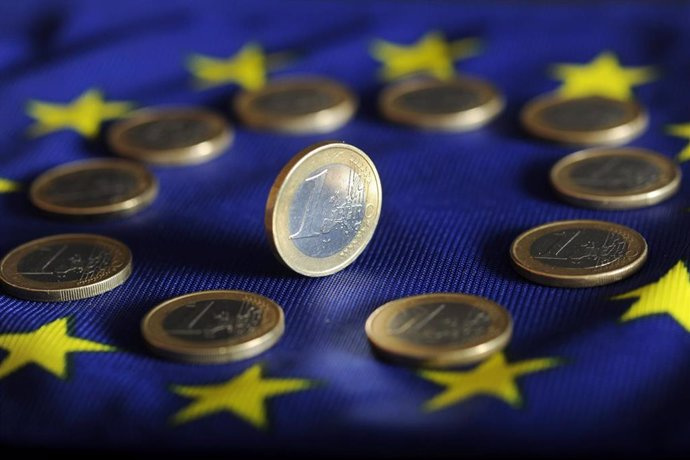Well above the 1.4% impact expected on average in the EU
BRUSELAS, 21 Feb. (EUROPA PRESS) -
The European Commission estimates that the recovery and resilience plan will contribute to an increase of around 3.5% in Spain's GDP in 2026, well above the average impact of 1.4% expected in the European Union as a whole. , according to the simulation of the mid-term evaluation of this mechanism adopted in 2021 to finance community recovery after the Covid-19 pandemic.
"It was decisive in avoiding a great European fragmentation," highlighted the European Commissioner for Economy, Paolo Gentiloni, who presented, together with the economic vice president, Valdis Dombrovskis, this report that points out the main achievements of the two years of implementation of the plan, as well as as the lessons to be learned for the future, until its completion in 2026.
In this sense, both have shown themselves willing to study "greater flexibility", as demanded by some national authorities and institutions, in terms of the evaluation and review of the plans, although without reopening the legal framework, so that the limit of execution of plans in 2026.
"We see an extension of the deadline as unlikely, so our message to the Member States is to focus on the application and the deadlines established in the current regulations," Dombrovskis added.
The simulation that accompanies the evaluation foresees more pronounced effects of the plan in the main beneficiary nations, such as Spain and Italy, where the proportion of public debt to GDP is expected to decrease by more than 10 percentage points in the face of 2031.
In relation to the distribution key, it is estimated that Member States with a below-average GDP per capita will experience the greatest boost in their GDP levels due to the significant investments involved in the recovery and resilience plan, which predicts an increase in production of around 3.5% in Spain, compared to the average impact of 1.4% in the EU.
The recovery plan foresees a total investment of 800 billion euros, of which around 225 billion have been disbursed in support of the EU economies. Of these, Spain has already received three payments of 37,036 million, equivalent to 53% of the total that corresponds to it in the form of non-refundable transfers, which amounts to 69,528 million.
These data place Spain - which has already requested the fourth payment of another 10,000 million - among the main beneficiaries of the plan to date, and has also met the second highest number of milestones and objectives - 121 out of 416 --, only behind Italy.
Although the evaluation recognizes that the final impact of the measures on the labor market cannot be evaluated at this stage, given the short time horizon and the lag in observing the repercussions on the labor market, the first examples of results are appearing.
Among them, the reform of the labor market in Spain stands out and refers to recent data from the Bank of Spain that confirm that the reform has met its objectives of increasing the number of permanent contracts and reducing the number of temporary or fixed-term contracts.
However, it points out that the coordination of active labor market policies between territorial levels and with other social and employment policies could have been addressed "more exhaustively" and warns that "underlying structural problems" persist, such as low levels of funding or poor capacity of public employment services, which "could undermine the coherence of measures within existing structures if not remedied".













